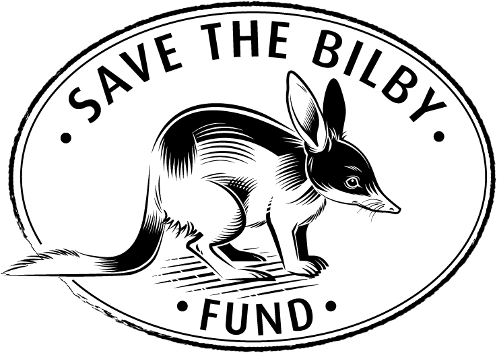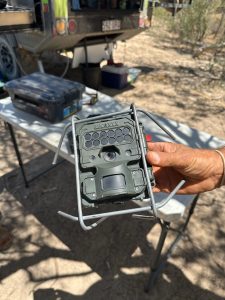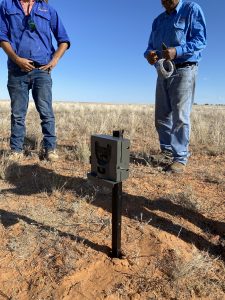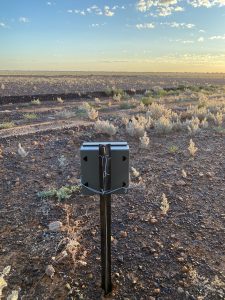
UPDATE! Lights, Cameras, take ACTION!
We have now collected more than 1.5 million images from 200 cameras across six different sites. For several of our sites, we now have up to 56 weeks of continuous camera data, which is absolutely invaluable. This is all to better understand the predator-prey dynamics where these wild bilbies persist in western Queensland.
Check out this time-lapse of some images that Dr Cass pulled together as part of the western Queensland predator threshold project.
In this video, we see some bilby action, grazing cattle, a wild dog, an Australian pipit, lots of puddles from the recent rain and even an emu.
This is just one of the many cameras you helped us purchase, and Dr Cass has spent the last few months going through and analysing the data they have recorded.
After returning from the field, the images from the cameras are uploaded to an AI platform eVorta, where each image is classified and labelled using AI models. From there, Dr Cass reviews the results and makes any adjustments before downloading the data for analysis. This thorough quality check also helps in training the AI models to better recognise bilbies and other species that pop up on our cameras.
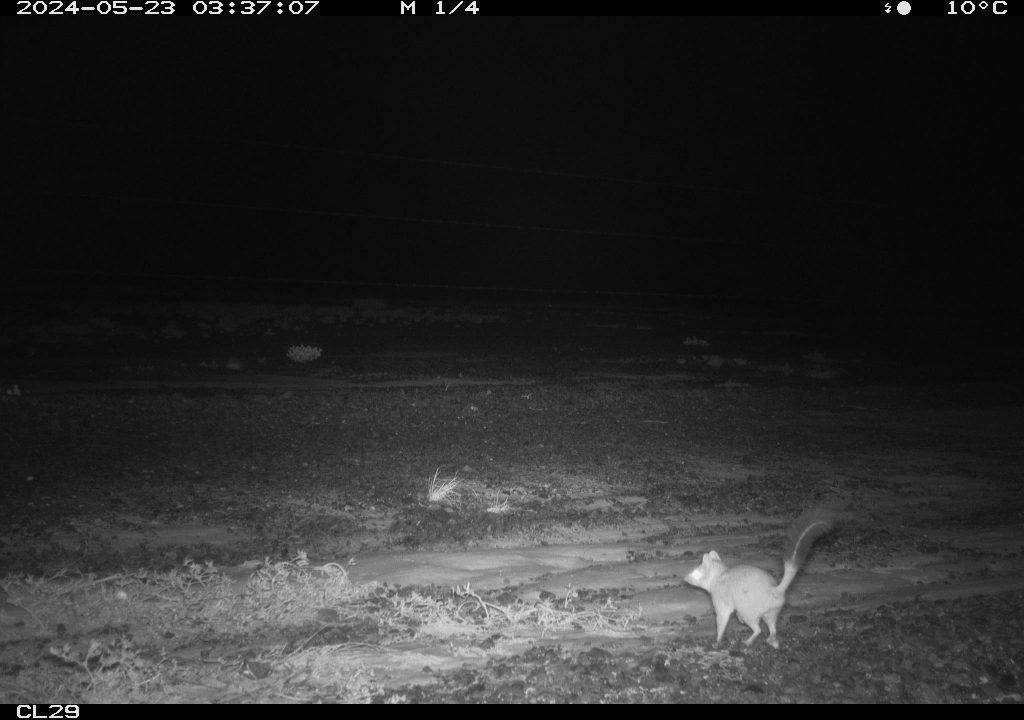
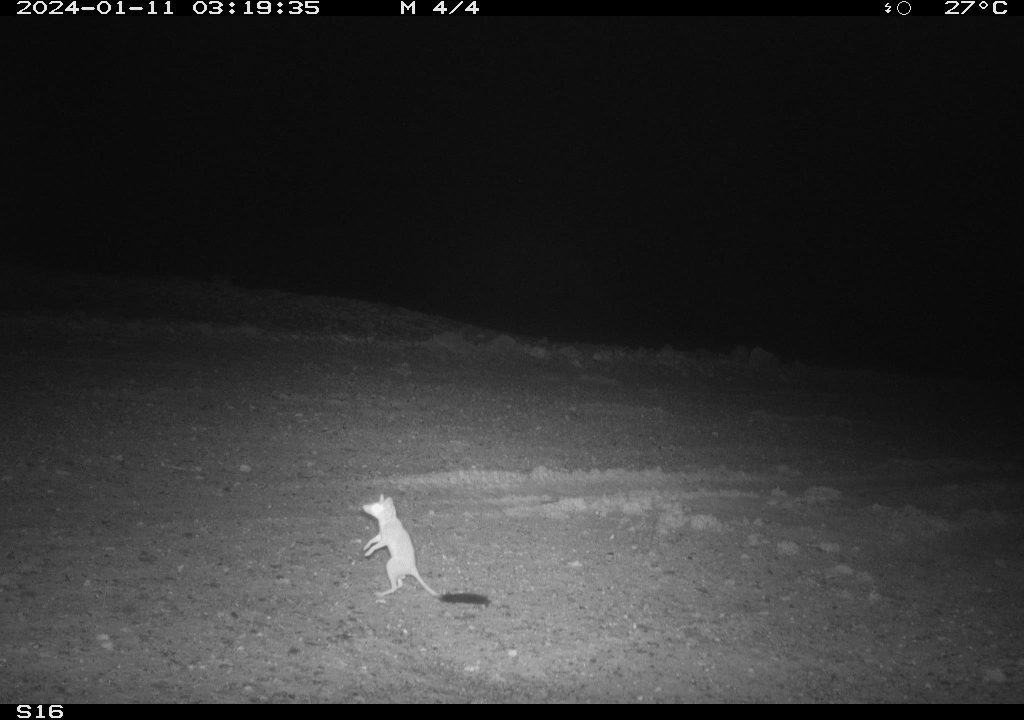
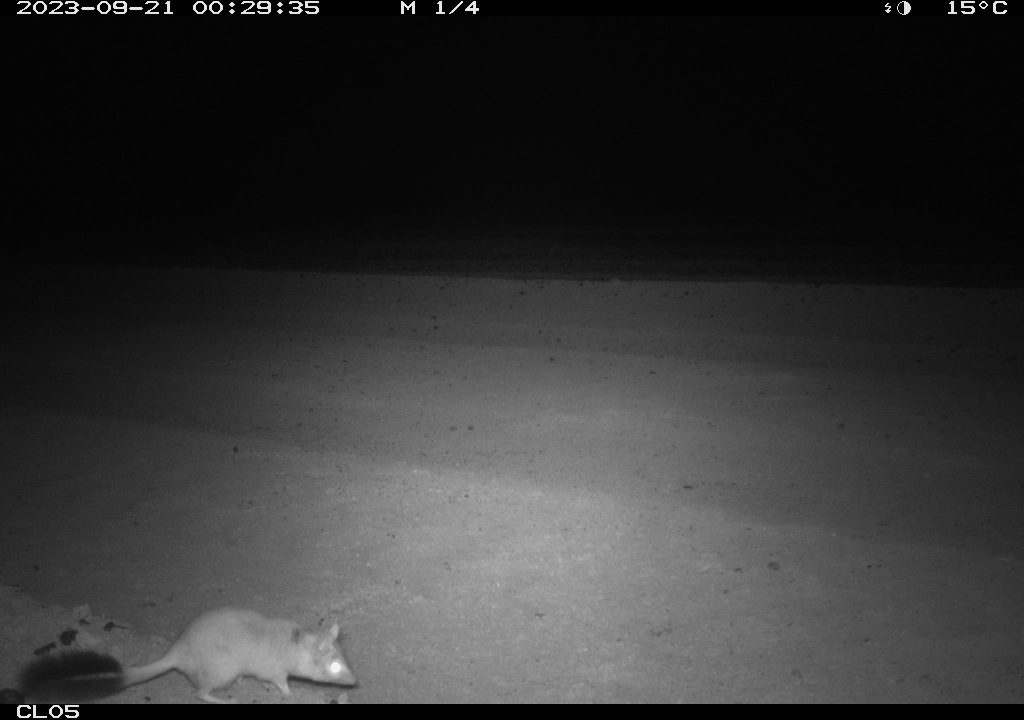
These are some stills of kowaris, which we were very excited to capture as they are listed as Endangered in Queensland. They are known for their fluffy ‘paintbrush’ tails and for being fierce predators, despite weighing less than 200g.
The kowari is a nocturnal marsupial that shares many similarities with the bilby but is actually more closely related to Tasmanian devils and quolls! They dig burrows in sand mounds or use burrows made by other animals, such as bilby burrows. They eat a range of foods (like the bilby), including invertebrates, reptiles and even birds and their eggs. Like bilbies, they get enough water from their food that they do not need to drink water, which makes them well adapted to living in hot, dry areas like in western Queensland.
They also share similar threats to bilbies, with introduced predators such as cats and foxes, posing a significant threat to the persistence of both bilbies and kowaris in the wild. This is another reason the Save the Bilby Fund predator threshold project is so important – it will benefit a range of species that share similar habitats and threats as the bilby, like the kowari.
As it is so rare to catch a glimpse of the kowari, we have shared these important records with the recovery team for the species.
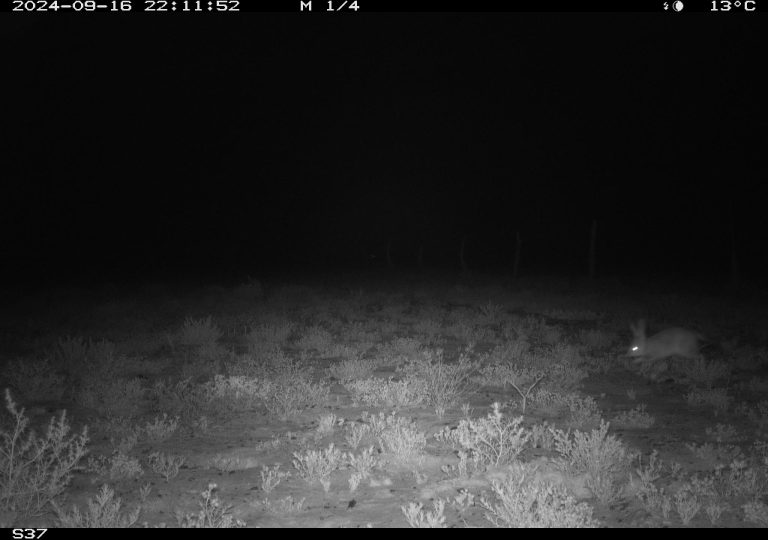
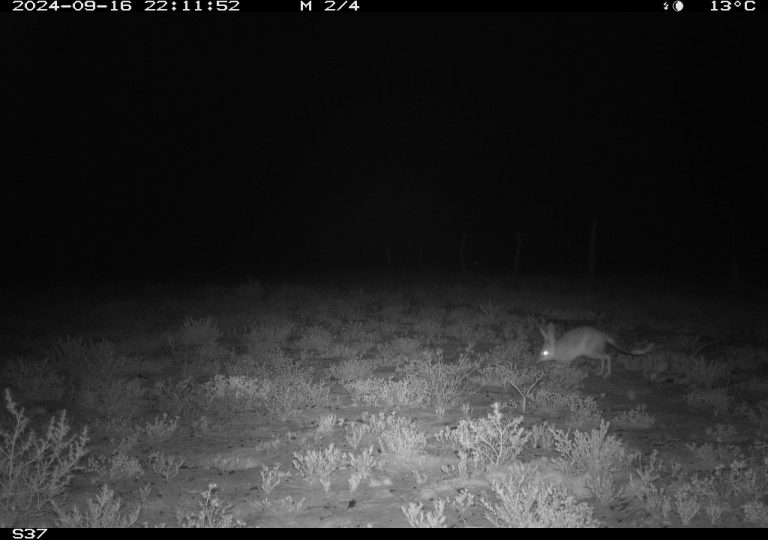
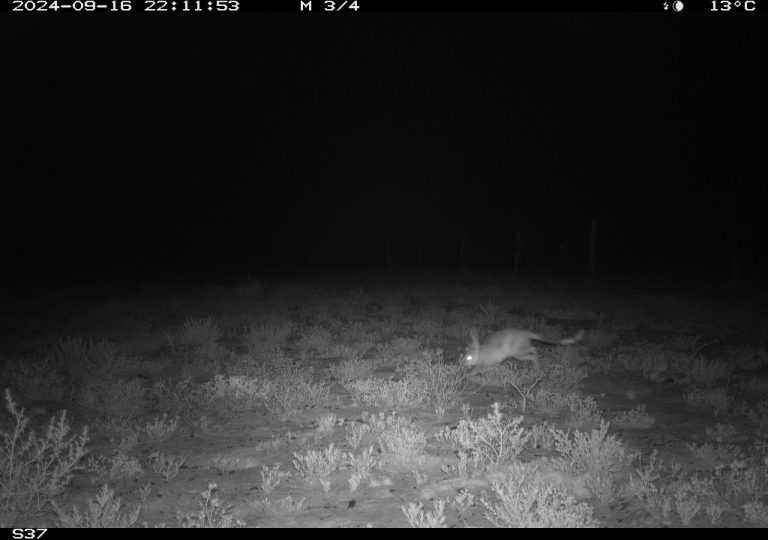
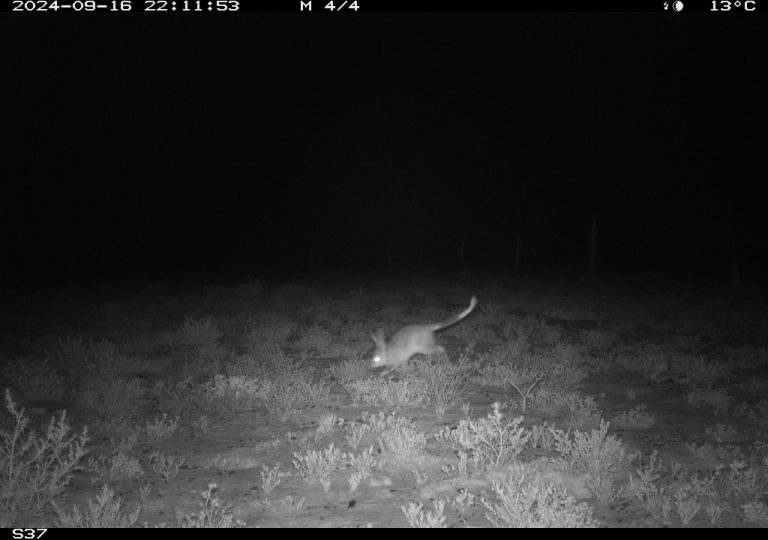
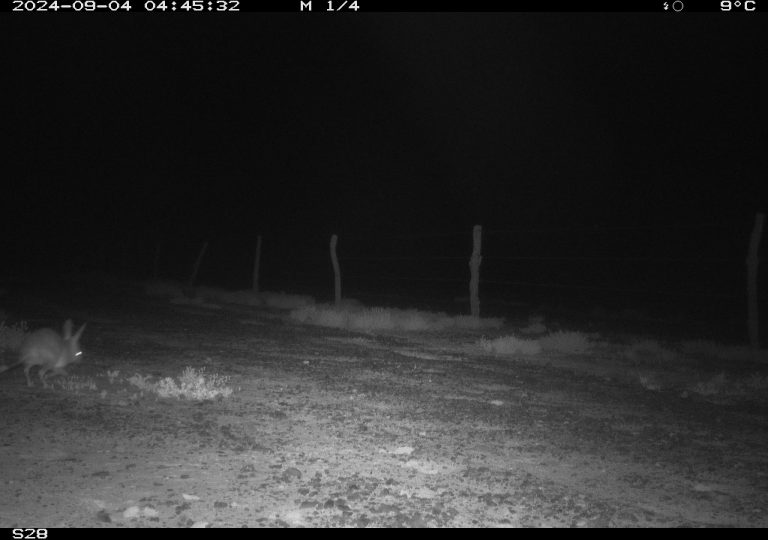
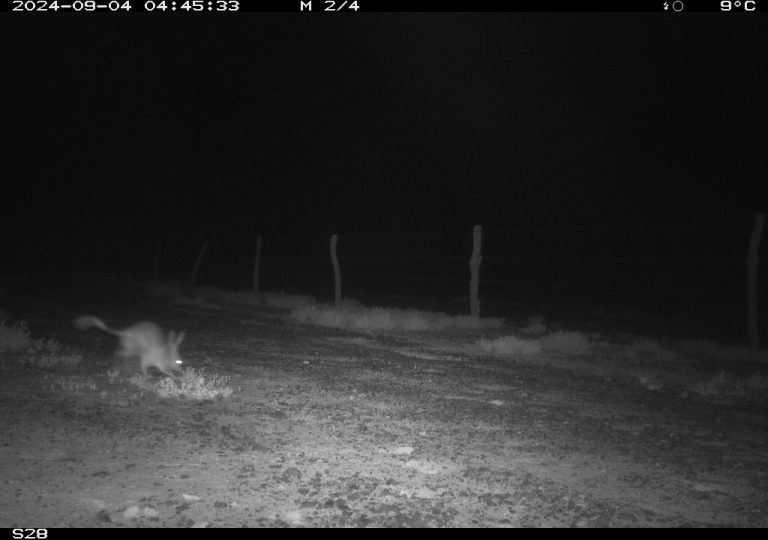
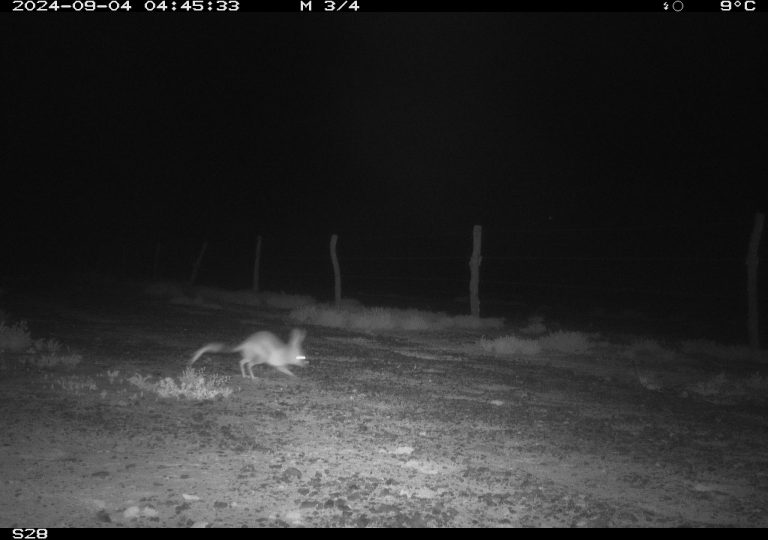

These bilby images are from a property near Birdsville, over 1,500 km west of Brisbane. In September 2024 there was a flush of young bilbies about on this site, and plenty of activity (digs, scats, burrows).
These are wild bilbies that have been able to persist despite the presence of introduced predators such as cats, wild dogs and foxes (images below). The predator threshold project has collected vital information that will help expand our knowledge of this elusive ‘little battler’ and how to best support their conservation in the wild
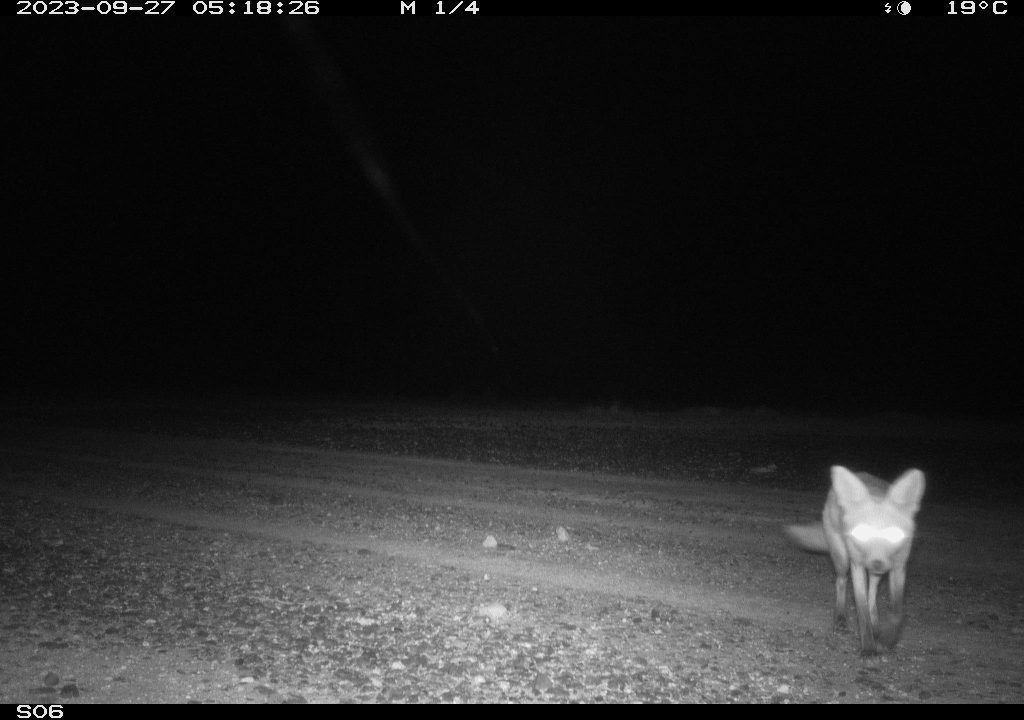
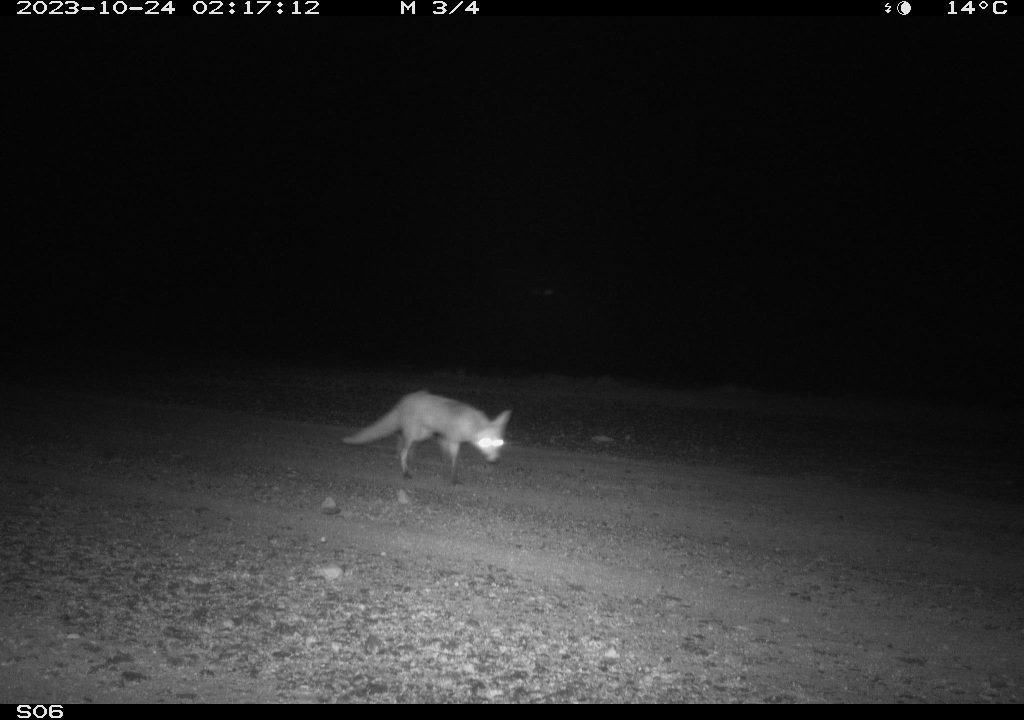
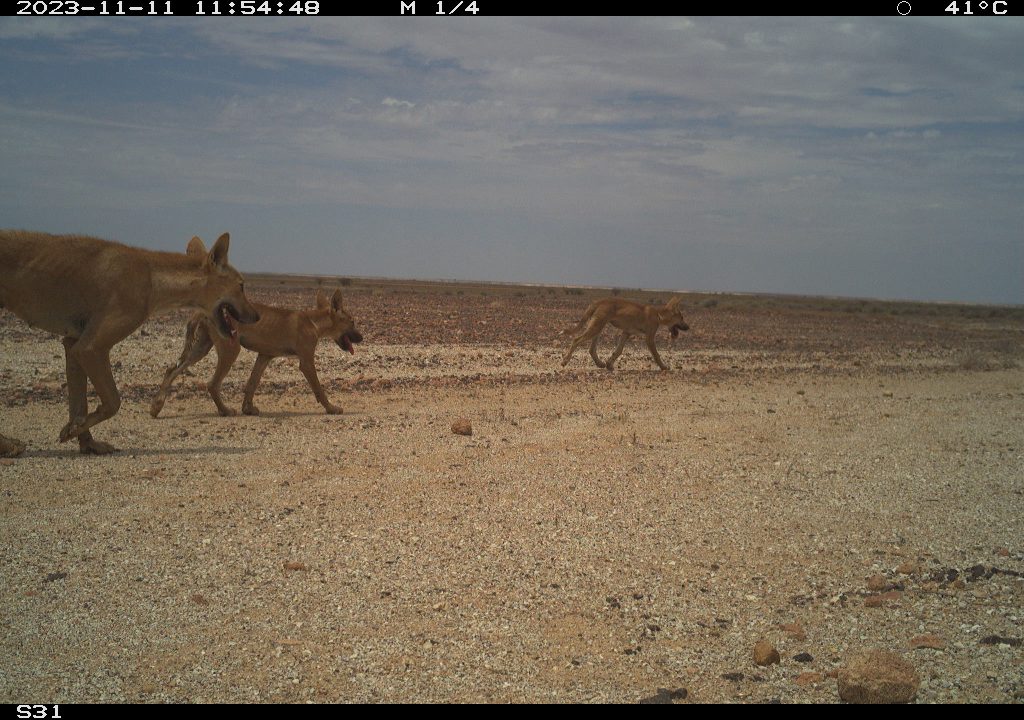
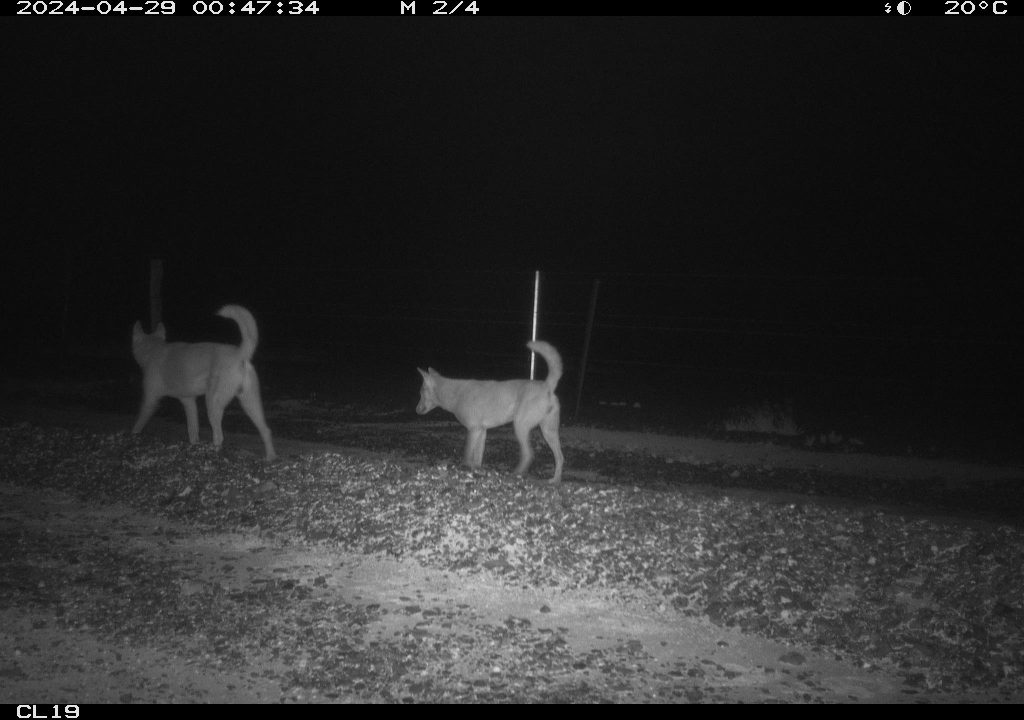
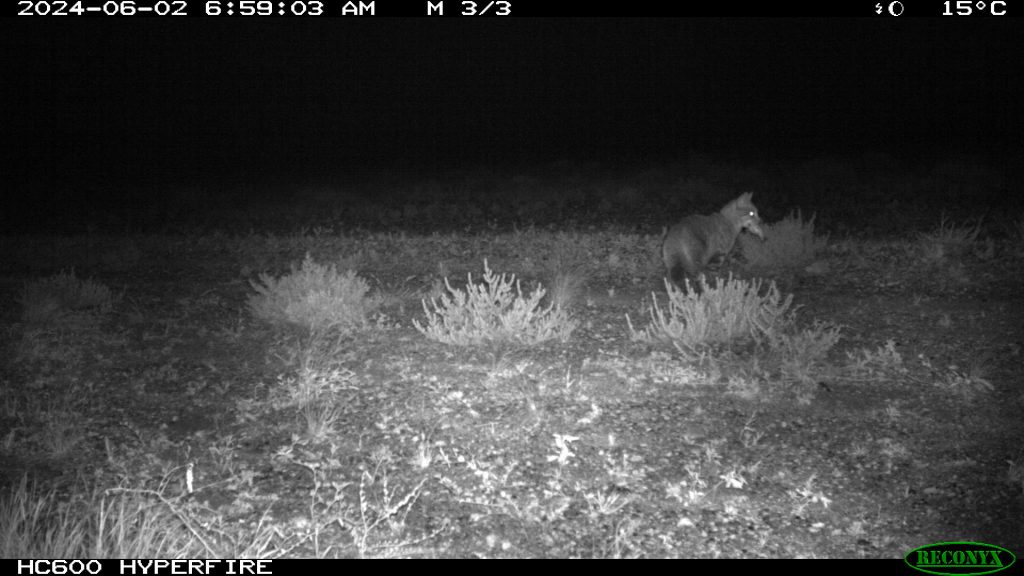
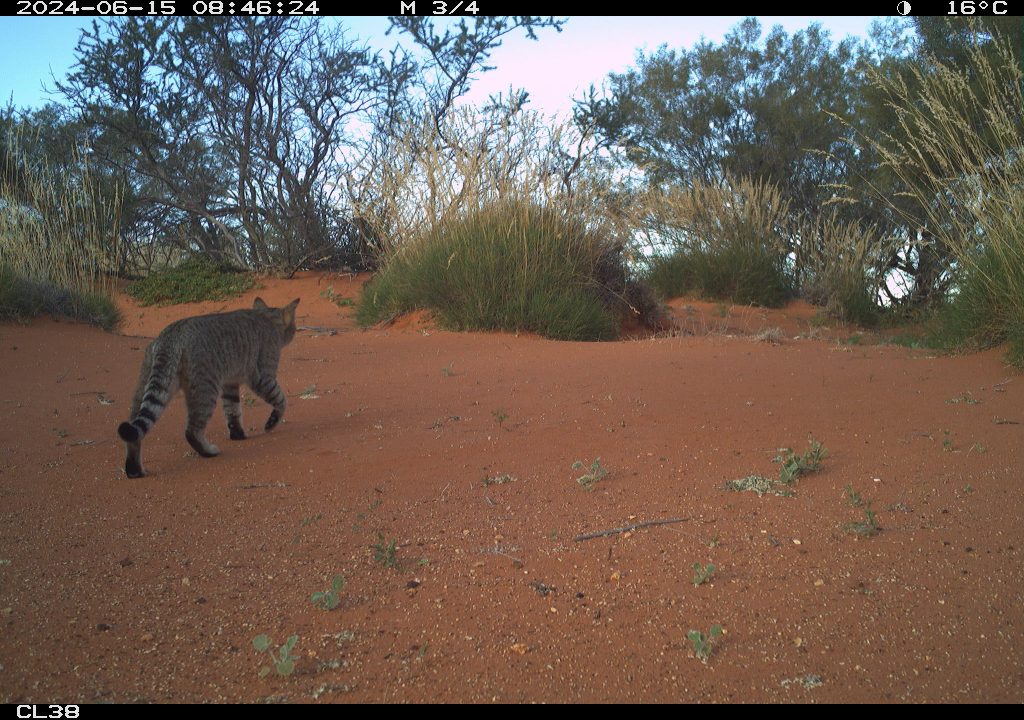
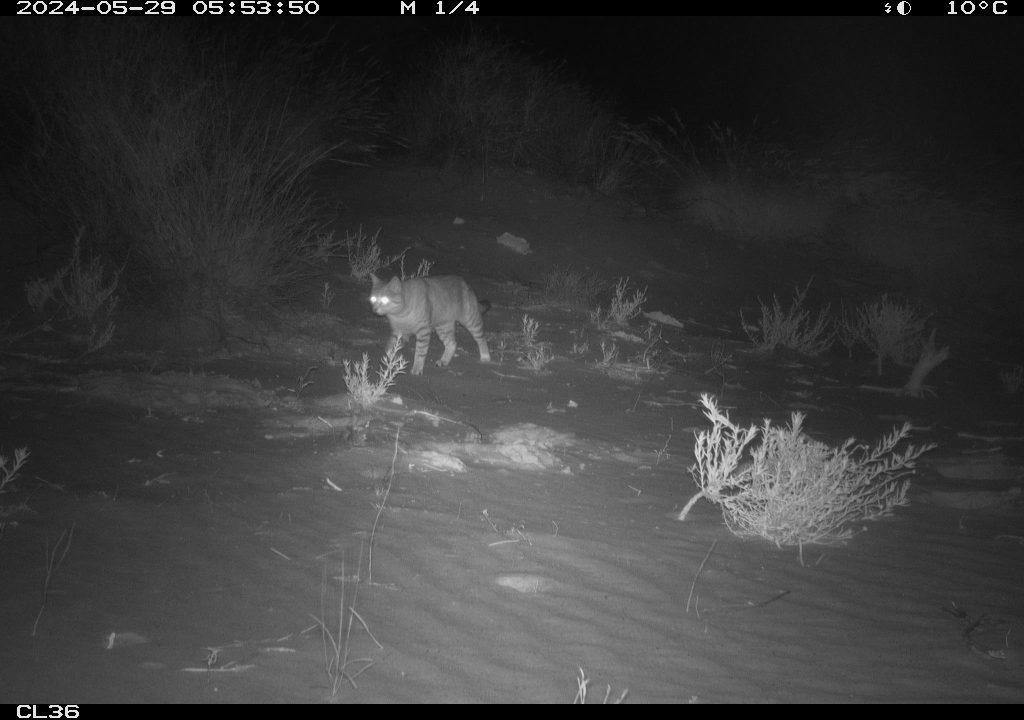
The predator threshold project is funded by Save the Bilby Fund (via your generous donations), with funding also received from the Queensland Government’s Threatened Species Research Grant program and Wilhelma Zoo.
At our recent Greater Bilby Recovery Summit, Dr Cass presented the latest findings from this project, along with other researchers and specialists who work in Bilby conservation. Keep an eye out for our recap of the Summit soon.
